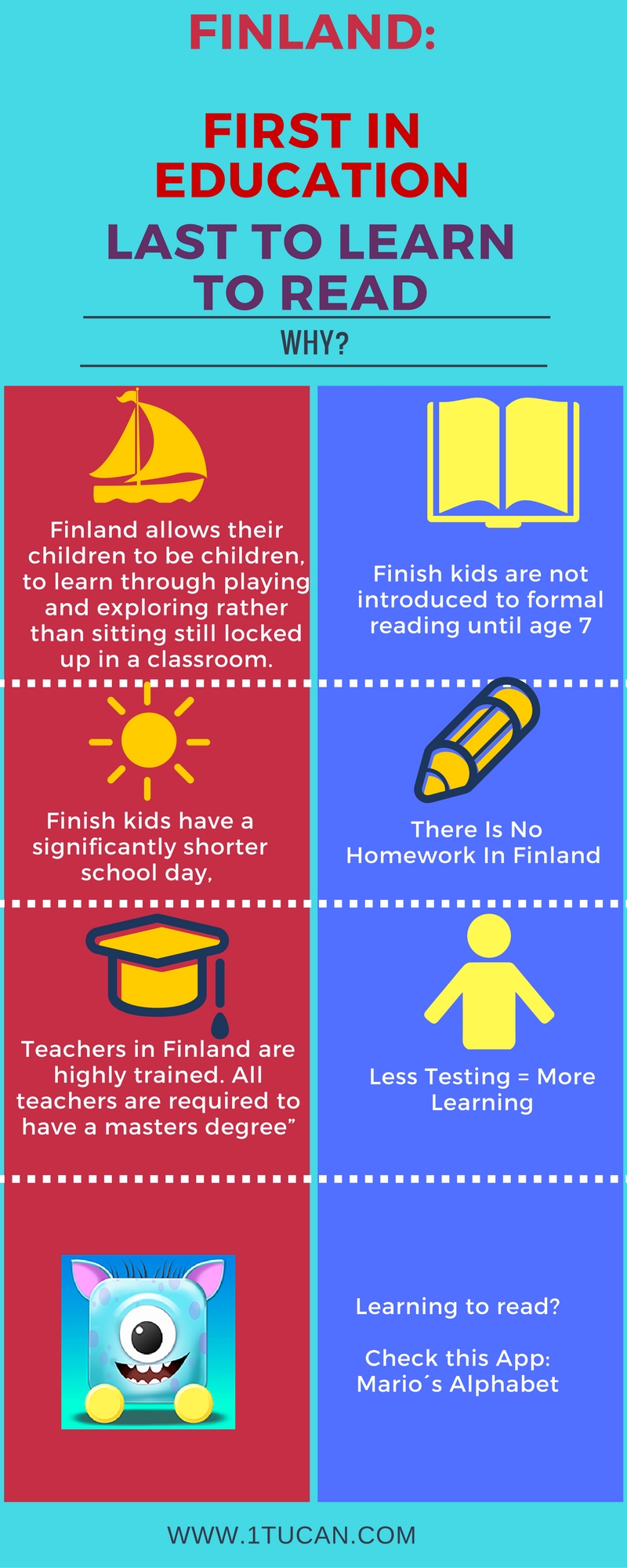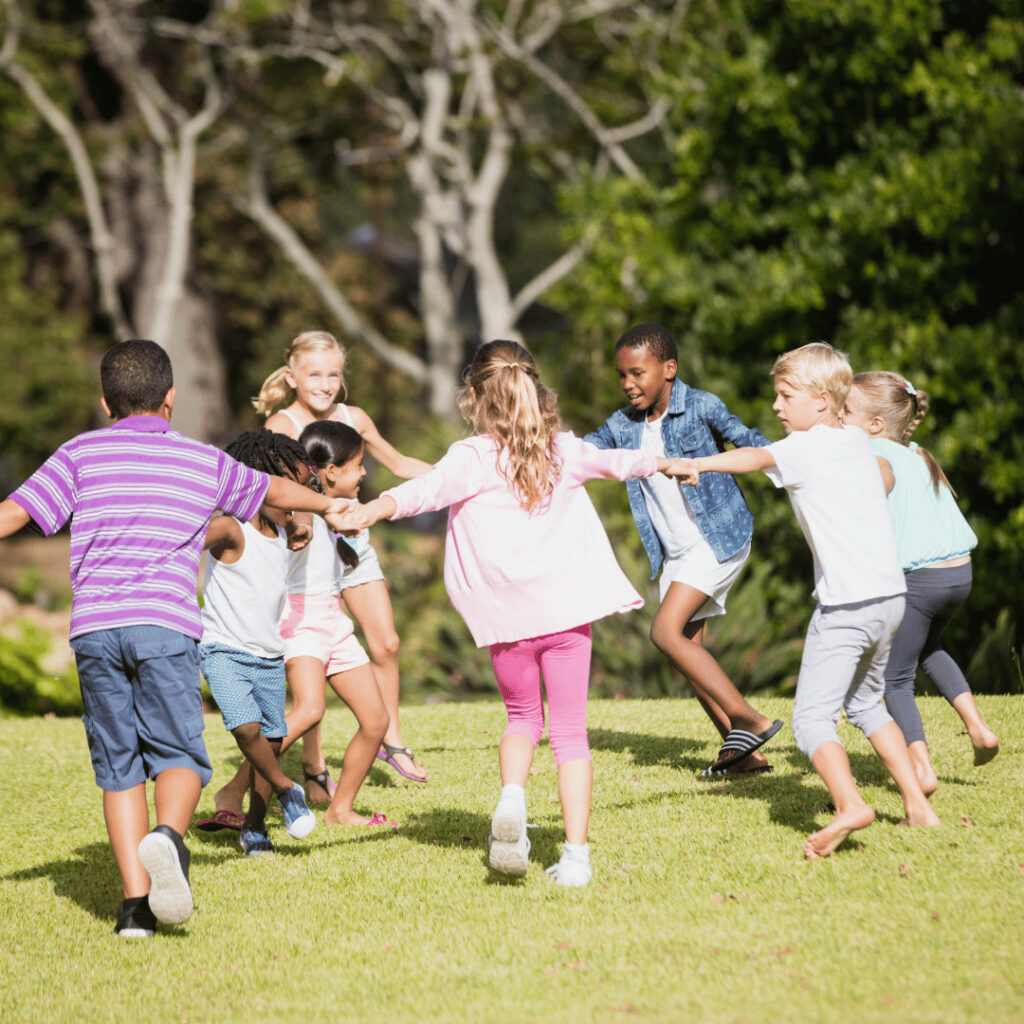Comparing Education System
By Lola Gueguen
Researching the best practices in education is part of the curriculum development at the French American Academy. Learning about other pedagogies, and comparing systems is part of our work to provide the best environment to our students. Traveling abroad is enriching and allows productive reflection. During a semester of study in Copenhagen, and as a former student of the FAA, here are some findings.
PISA Leaders
America drastically lags behind the leaps and bounds the Northern Europe education system has made over the years, which is accurately reflected in the differences between performances on the Program for International Student Assessment (PISA). Some may speculate that the American education system continuously uses policies that were conducive years ago, but are in need of reform to satisfy today’s society’s norms, goals, and standards. Let’s take a deeper look at the education system in Scandinavia to better understand why they are so highly ranked.
Cooperation Rather Than Competition
America’s approach thrives on competition: we want to be the best school, produce the best students, etc. However, Nordic countries focuses more on cooperation and equality, making their classroom environment more relaxed and conducive to life-long learning. Focusing less on out-performing others academically, but rather becoming curious learners and active participants in society is of stronger value to Scandinavians. They also emphasize psychological guidance in their education system, a priority that is new but growing in America.
Pre-School Is Key
A significant amount of importance is placed on pre-school. In Denmark, 90% of one to three year olds and 98% of three to five year olds are in professional care. On the other hand, only 40% of zero to three year olds, 51% of three to four year olds, and 64% of four to five year olds attend some kind of daycare in the United States. While this gap partially has to do with the fact that in Denmark both parents typically work, these percentages are also grounded in the strong belief and push for play and early socialization. Furthermore, until the age of six, schools embrace playfulness and the outdoors. At an early age, they want students to be excited to learn, making school something that is looked forward to. Unstructured play also teaches autonomy and creativity. Spending a certain amount of time outdoors, specifically for younger children, is also required through their curriculum. At age six, structured school begins, and students start learning how to read and write.
No Standardized Testing
Reflective of their belief in developing life-long learners, Nordic countries also does not have standardized testing, one of the more obvious differences with America. Instead, they take one test before graduating high school. They believe formal testing negatively impacts students and makes learning no longer a joyful experience. Rather, progression is moreso measured through evaluative dialogue as these countries strive to make learning less transactional and dictatorial but more conversational and equal between teacher and student. This relieves unnecessary stress from both teachers and students. Doing away with ranking places students on an equal playing field. The goal essentially is that students are receiving the same quality of education and being measured fairly and equitably.
References:
10 reasons why finland’s education system is the best in the world








